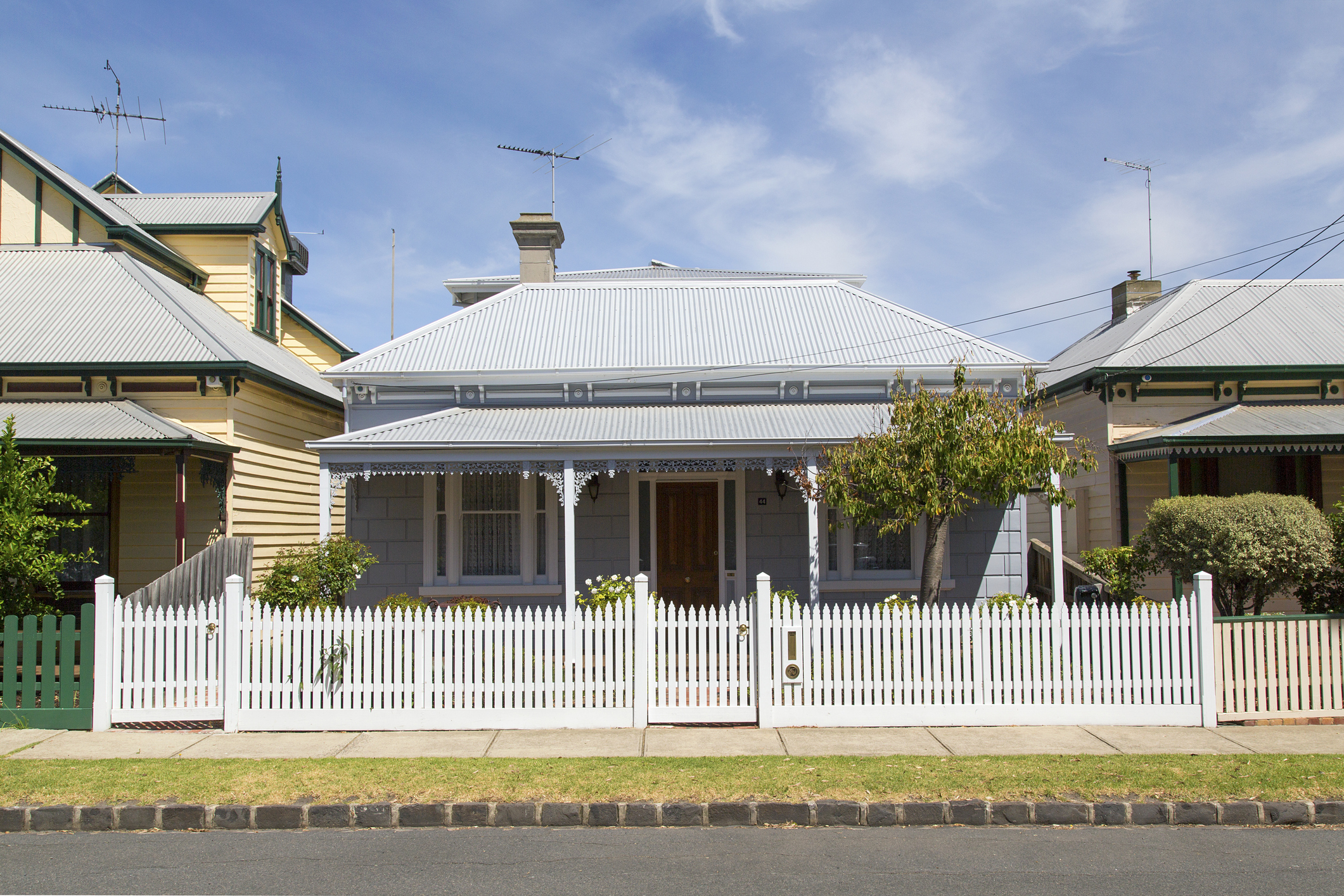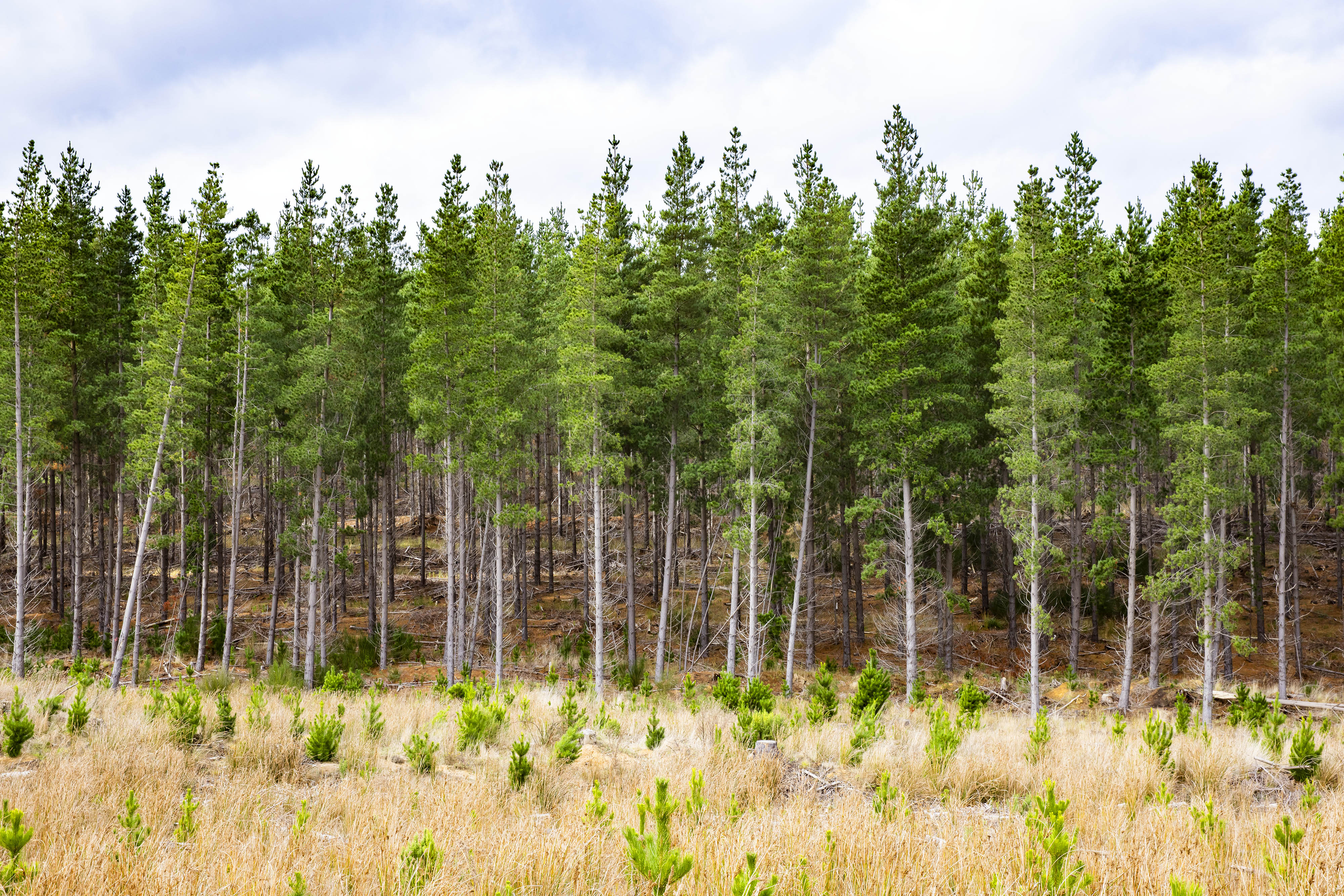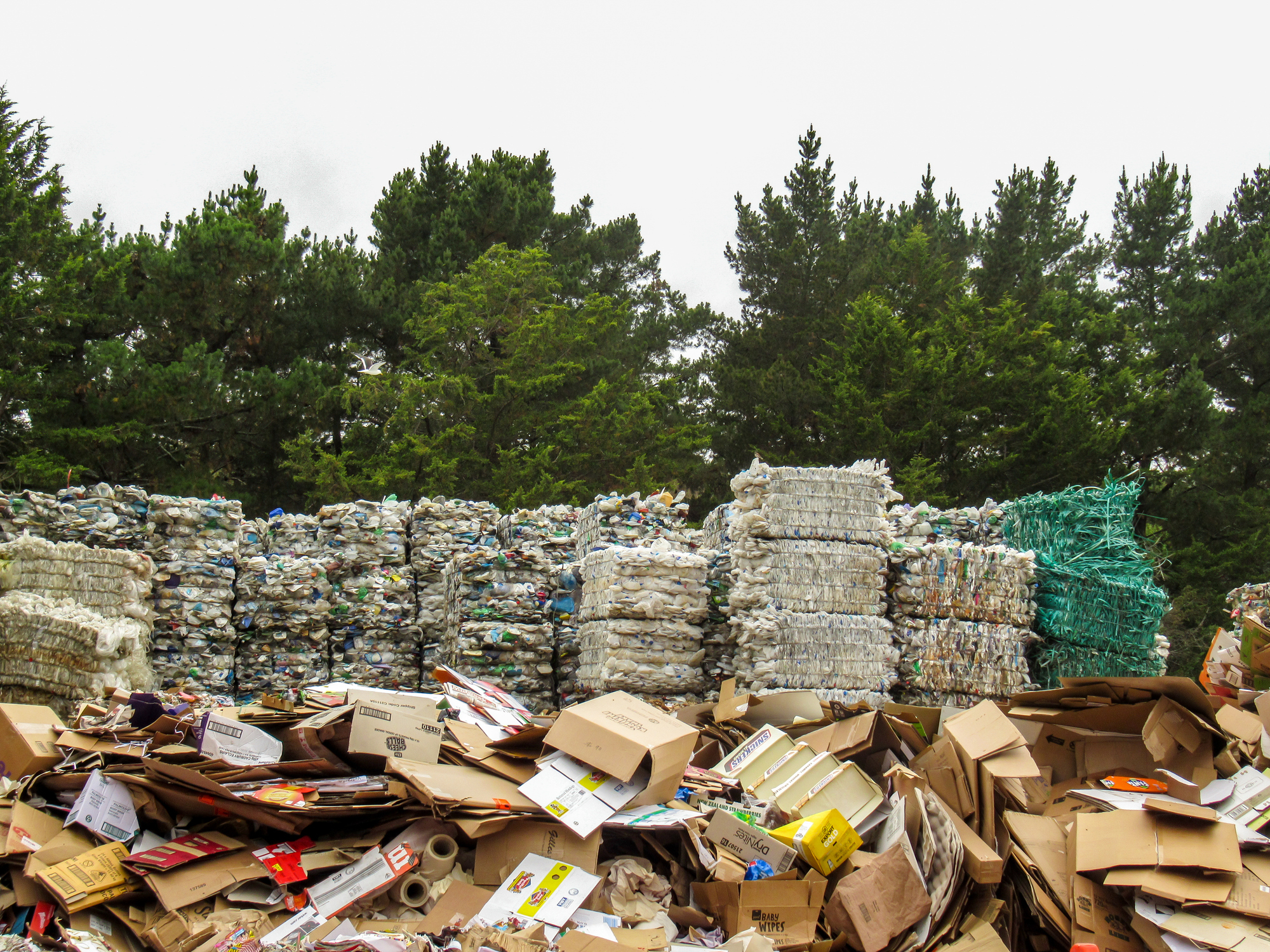As the construction industry shifts to address its contribution to climate change, timber framing offers one of the lowest carbon footprints, sequestering carbon and reducing environmental impact throughout its lifecycle.
The construction industry plays a central role in tackling climate change and preserving the natural environment.
Based on data published in the National inventory by economic sector 2019, the construction industry in Australia accounted for about two per cent of direct emissions as a sector in 2019. This was an increase from 1.4% in 2010 to 1.9% in 2019.
As the construction industry advances, innovations are consistently reducing the environmental impact of energy-intensive material production. However, when it comes to sustainability, nothing compares to the benefits of building with renewable, natural timber framing.

Timber framing and embodied carbon
Of the global CO₂ emissions attributed to the construction sector, 28% result from energy use during a building's operation (operational carbon) and 11% from the building materials and the processes involved in its construction (embodied carbon).
In Australia, timber framing has one of the lowest embodied carbon footprints among construction materials, as sustainably sourced timber sequesters carbon during its growth, offsetting much of the emissions from harvesting, processing, and transportation. New technology and innovations across forestry and sawmill operations are working to increase yields from every log and decrease waste. After installation, timber framing acts as a natural insulator. Tiny air pockets in timber framing add resistance to heat flow throughout a home, and with good design, timber-framed buildings can better regulate their internal temperature and reduce household energy use when it comes to heating and cooling.

Trees to timber framing – greenhouse gases and stored carbon
It’s not just timber framing’s low embodied energy that makes it the go-to for ESG-conscious builders, fabricators, architects, engineers, and homeowners, but its carbon storage properties too. Both embodied energy and stored carbon make the timber in framing carbon positive, which means its production process—from sapling to installation—removes more carbon than it emits.
Timber framing is a natural way to remove greenhouse gases from the atmosphere. Trees grow for around 30 years before they are harvested, allowing them to capture large amounts of CO₂. Approximately half the dry weight of timber framing is stored carbon, which is locked up and stored for the life of your timber frame. According to the latest State of the Forests Report in Australia, as of 2021, the total stock of carbon in Australia's forests was approximately 19,417 million tonnes. This figure represents a 0.05% increase since 2016.

How long does timber framing last?
When wood is transformed into timber products, like timber framing, it continues to store carbon for its life. The average lifespan of a timber-framed home in Australia, when constructed and maintained appropriately, is often over 100 years. Timber framing's durability has been demonstrated by numerous historical homes that remain structurally sound today. Modern timber frames, especially when treated to resist termites and decay, offer reliable longevity comparable to other construction materials when maintained in line with building standards.
What about timber’s end of life?
Timber framing not only acts as a carbon store throughout its lifespan but also offers environmental advantages at the end of its lifecycle. Whether repurposed, recycled, or even sent to landfill, timber can continue to minimise environmental impact, further enhancing its sustainability credentials by storing carbon.

Reuse and recycling
Timber framing can often be dismantled and reused in various ways, ensuring its environmental benefits extend beyond its original use. Timber from deconstructed frames may be repurposed into new wood products, such as furniture or construction materials, and even processed into wood chips for additional applications.
While untreated and unpainted timber is easier to recycle, treated wood can also be managed responsibly under specific recycling protocols to minimise environmental hazards. These practices help retain the carbon stored in the wood.

Landfill
According to research presented by Forest & Wood Products Australia, wood products in Australian landfills act as a long-term carbon reservoir. Scientific studies, including excavations and laboratory experiments, have found that carbon loss from timber in landfills is minimal—only about 1.4% over extended periods. The remainder of the carbon is effectively stored indefinitely. This dynamic positions wood products disposed of in landfills as a key component of Australia's carbon storage strategy, contributing to a cumulative reservoir of approximately 51.5 million tonnes of carbon.
Learn more in our design guide on The Role of Wood Products In Zero Carbon Buildings.
